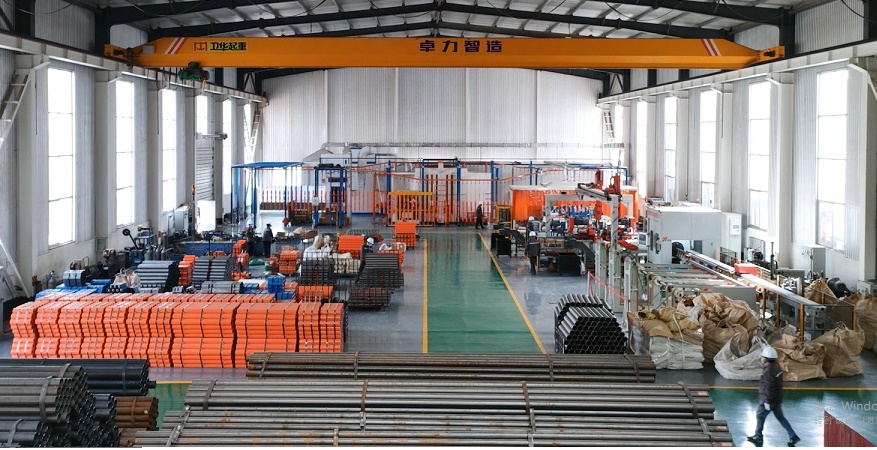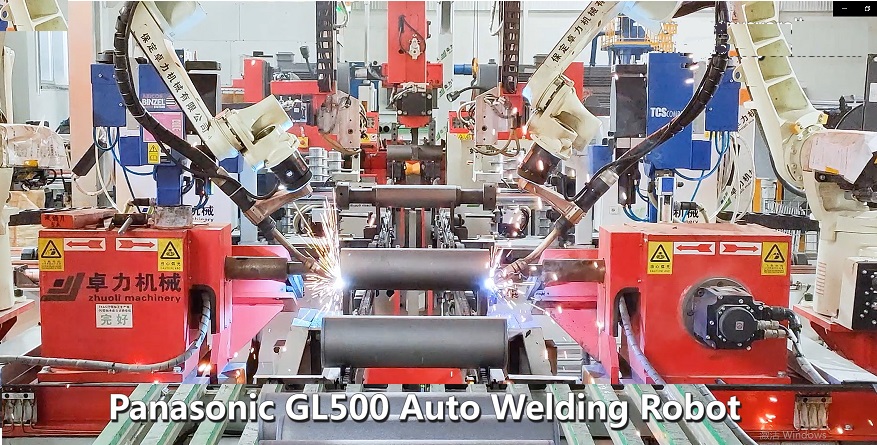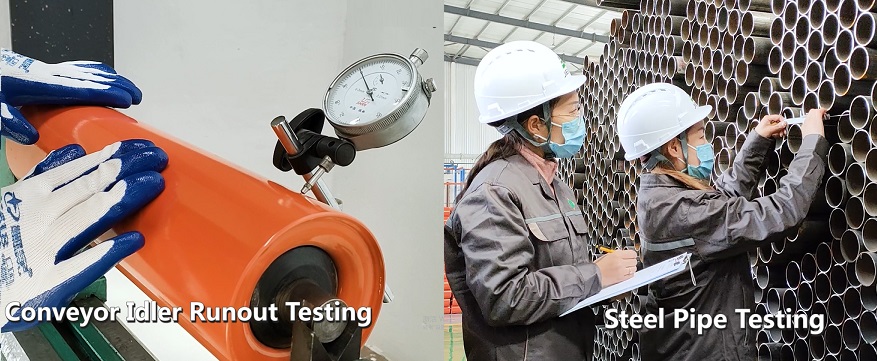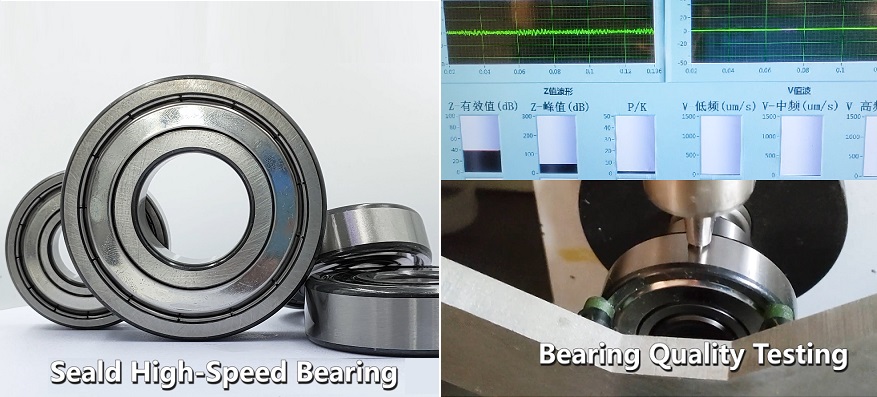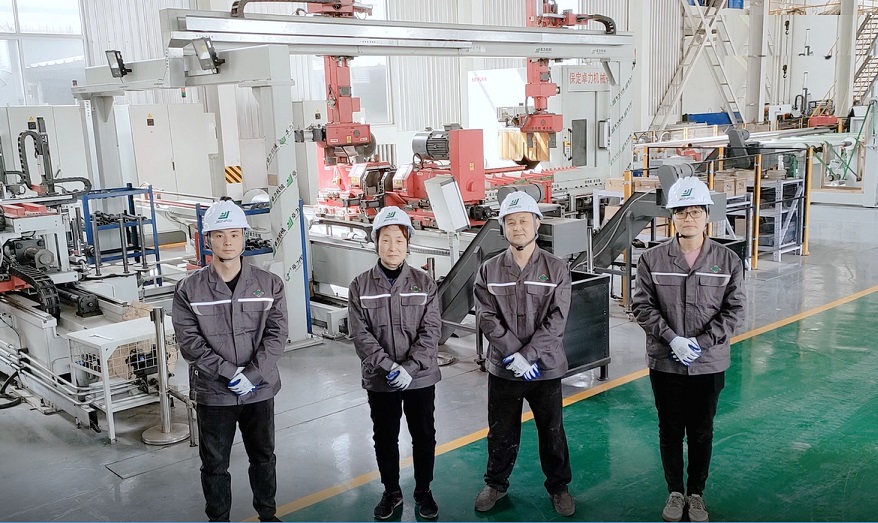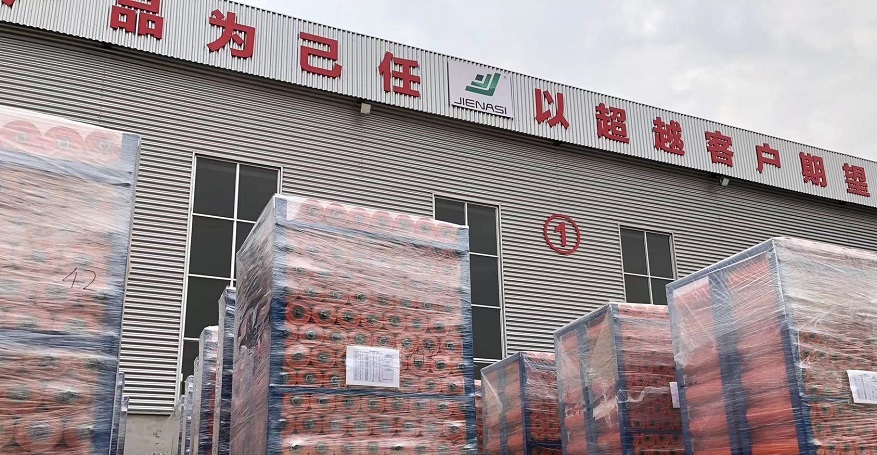Maximizing Mining Conveyor Idler Lifespan: Factors and Strategies
The main factors affecting the service life of conveyor idlers in coal mines are as follows:
Main Issues with Conveyor Idlers:
The primary problems associated with conveyor idlers during usage are related to their operation. These issues include inadequate rotation, and in severe cases, idlers may stop rotating altogether. This results in a transition from rolling to sliding motion, causing a significant increase in resistance, power consumption, and a decrease in conveying distance or capacity. Additionally, inflexible idler rotation accelerates wear and reduces the idler's lifespan. The decreased idler lifespan necessitates frequent replacements, leading to a shortage of idler spare parts and increased equipment maintenance, consequently raising coal transportation costs.
Quality Analysis and Process Development for Conveyor Idlers:
Several factors affect the flexibility and service life of conveyor idlers, including their structure, manufacturing quality, sealing, lubrication, and maintenance. The conveyor idler consists mainly of the pipe, bearing housing, bearings, sealing components, lubricating grease, and shaft. Here's an analysis of how key components impact the quality of conveyor idlers:
(a) Pipe:
The manufacturing quality of the pipe is crucial for idler quality. Factors like roundness and axial alignment errors in the pipe can directly affect radial runout and rotational resistance. To improve idler quality, high-frequency welded pipes with good quality are selected, and automatic pipe cutting and hole-boring machines are used to ensure dimensional accuracy and precision, avoiding quality issues caused by eccentric pipe ends.
(b) Bearing Housing:
DTII conveyor idlers use stamped bearing housings, known for their strength and ease of maintaining assembly precision and operational flexibility. The precision of the bearing housing significantly affects idler quality. High-quality materials and tooling are used to maintain concentricity between the inner hole and the outer diameter, ensuring the required tolerances. CO2 gas shielded automatic welding machines are used to weld the bearing housing to the pipe, meeting precision requirements and reducing overall idler weight.
(c) Bearings:
The service life of conveyor idlers depends largely on the performance of the bearings and seals. Proper sealing performance extends the idler's service life as it directly impacts bearing performance. The main causes of idler bearing failure include the ingress of coal dust or slurry, loss of grease followed by corrosion due to external moisture, low-quality bearings, and poor assembly after machining.
To address these issues, specialized KA bearings with larger clearances are used. Test data shows that even under harsh conditions, specialized bearings have significantly longer lifespans than regular bearings while reducing rotational resistance.
(d) Lubricating Grease:
Common lubricating greases for underground coal mine conveyor idlers include calcium-based and mining-grade lithium-based greases. Calcium-based greases offer good water resistance but have a low melting point and may solidify at high temperatures, leading to color changes and drying out, which can negatively impact bearing lifespan. Mining-grade lithium-based greases retain the advantages of calcium-based greases while offering strong resistance to water degradation and good mechanical stability. They are suitable for operating temperatures ranging from -20°C to 120°C, making them ideal for the harsh working environments found in underground coal mines. Using lithium-based grease improves idler bearing lubrication and is essential for extending idler service life.
(e) Shaft:
Shaft machining quality is another critical factor affecting idler quality. Shaft eccentricity directly impacts radial runout and rotational resistance. Precision machining methods, such as single-pass machining with center pins at both ends of the shaft, are used to ensure dimensional accuracy and precision, avoiding quality issues caused by eccentric shafts.

